Is TOD the Solution for Gridlock-Ridden Miami?
Aaron Stolear, 13th Floor Investments’ associate vice president, elaborates on the impact these developments have on the metro and the company's new dedicated business division.
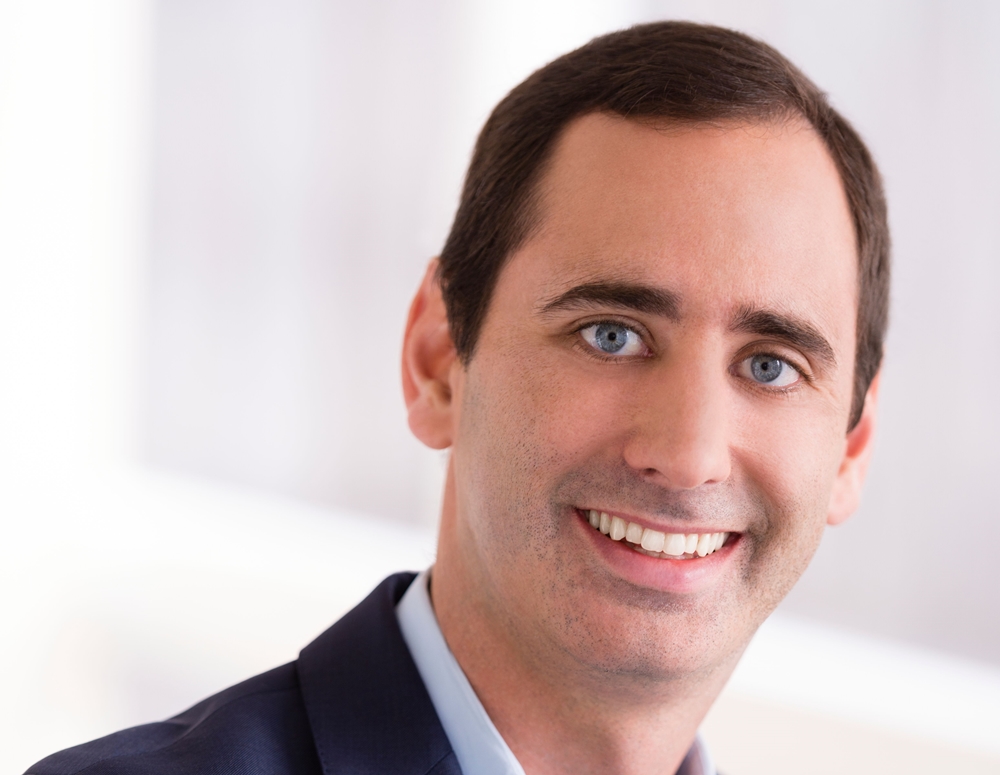
Aaron Stolear, Associate Vice President, 13th Floor Investments. Image courtesy of 13th Floor Investments
It is widely known that one of the biggest issues a major city is facing nowadays is traffic congestion. According to a study by INRIX, the total cost of lost productivity caused by it hit the $87 billion mark in the U.S., in 2018. As a result, communities are constantly seeking innovative solutions and alternatives for curbing congestion. These include improving infrastructure and bringing people closer to work and mass transportation options.
Miami-based 13th Floor Investments, co-developer of the upcoming Link at Douglas in Miami, is a pioneer of the transit-oriented development trend in South Florida. In an interview with Commercial Property Executive, Associate Vice President Aaron Stolear explores how this type of projects are paving the way for a more connected future for Miami.
What’s behind Miami’s transit-oriented development boom?
Stolear: There are three main trends shaping Miami’s real estate landscape. The first is urbanization, which is increasing the region’s density and drawing more and more people into the urban core. The second is the advent of new, alternative transportation options such as scooters, Lyft and Brightline. As more of these services come online, residents today have more options than ever when it comes to mobility. The final trend, which we believe is right around the corner, is autonomous mobility such as self-driving cars. Once we reach this next stage in mobility, the cost to go from point A to B will be cut in half, which will lead to increased connectivity and a greater amount of people embracing a car-free lifestyle.
The future of mobility is defined by optionality, which is only getting better, wider and more cost-efficient. As density, infrastructure and connectivity throughout the region grow, Miami will invariably become more sophisticated and continue to attract the segment of the population seeking the live-work-play-go lifestyle that transit-oriented developments foster.
READ ALSO: How Self-Driving Cars Could Change the Workplace
What role do public-private partnerships play in helping get new projects across the finish line?
Stolear: Public-private partnerships play a critical role in the development of transit-oriented projects. The public sector is the force that oversees public infrastructure. A transit-oriented development can only be successful if the transit system is well-planned, maintained and used. In a typical public-private partnership, the private partner will bring the development and industry expertise needed to execute the project while the public sectors will contribute on the infrastructure aspects (which are so difficult for the private players to create). The key to success for us has been to have aligned incentives and a well-working relationship with our public partners.
How will the large number of upcoming transit-oriented developments change Miami’s commercial landscape?
Stolear: For Miami to continue to be seen as a major, global city we need to utilize our public transportation system. Increased ridership and utilization enables continued investments in public infrastructure. For example, Virgin MiamiCentral (home base of Virgin Trains) taught us that users will venture outside of traditional office nodes as long as transit is easily accessible.
The office portion of Virgin MiamiCentral is located right on the edge of downtown and Overtown and has been successful in attracting big-name tenants that include Viacom and Carlton Fields. The fact that Virgin Trains provides instant accessibility to Fort Lauderdale and West Palm Beach with an adjacent Metrorail station that opens up the rest of downtown Miami, Brickell neighborhood and Coral Gables has activated new areas for office and commercial development. Transit-oriented developments are giving rise to new office nodes that are situated next to mass transit.
What are the key opportunities and challenges for implementing transit-oriented development in Miami?
Stolear: Transit-oriented development deals tend to be more complex and nuanced than traditional projects. Timing of execution tends to be the biggest vulnerability. For example, they tend to come in ground leases with infrastructure components. The permitting and financing timelines are longer and sophisticated. A developer may go through the process of underwriting construction costs for one portion of the project and end up in a different stage of the real estate cycle by the time it’s ready to break ground.
What do you think about the recently approved Comprehensive Development Master Plan (CDMP) ordinance?
Stolear: The CDMP increases the allowable density along six Strategic Miami Area Rapid Transit (SMART) plan corridors, with the goal of spurring transit-oriented development. 13th Floor Investments supports the CDMP because we believe that effective city planning includes the development of several urban nodes along public transport. More density nodes along transit reduce congestion and that is a great thing for Miami. In addition, the increased ridership enables the public sector to invest more in transit, adding value to the region.
Tell us more about 13th Floor Investments’ upcoming transit-oriented commercial projects.
Stolear: We recently sat down and mapped out our long-term vision for the firm and then laid out a strategic five-year plan. One key area of focus moving forward will center around transit-oriented development and public-private partnerships. As such, 13th Floor is currently in the process of creating a new business division that will solely focus on the two matters above. Currently, we have 2 million square feet of public-private partnerships-fueled projects in development and hope to continue to grow this pipeline.


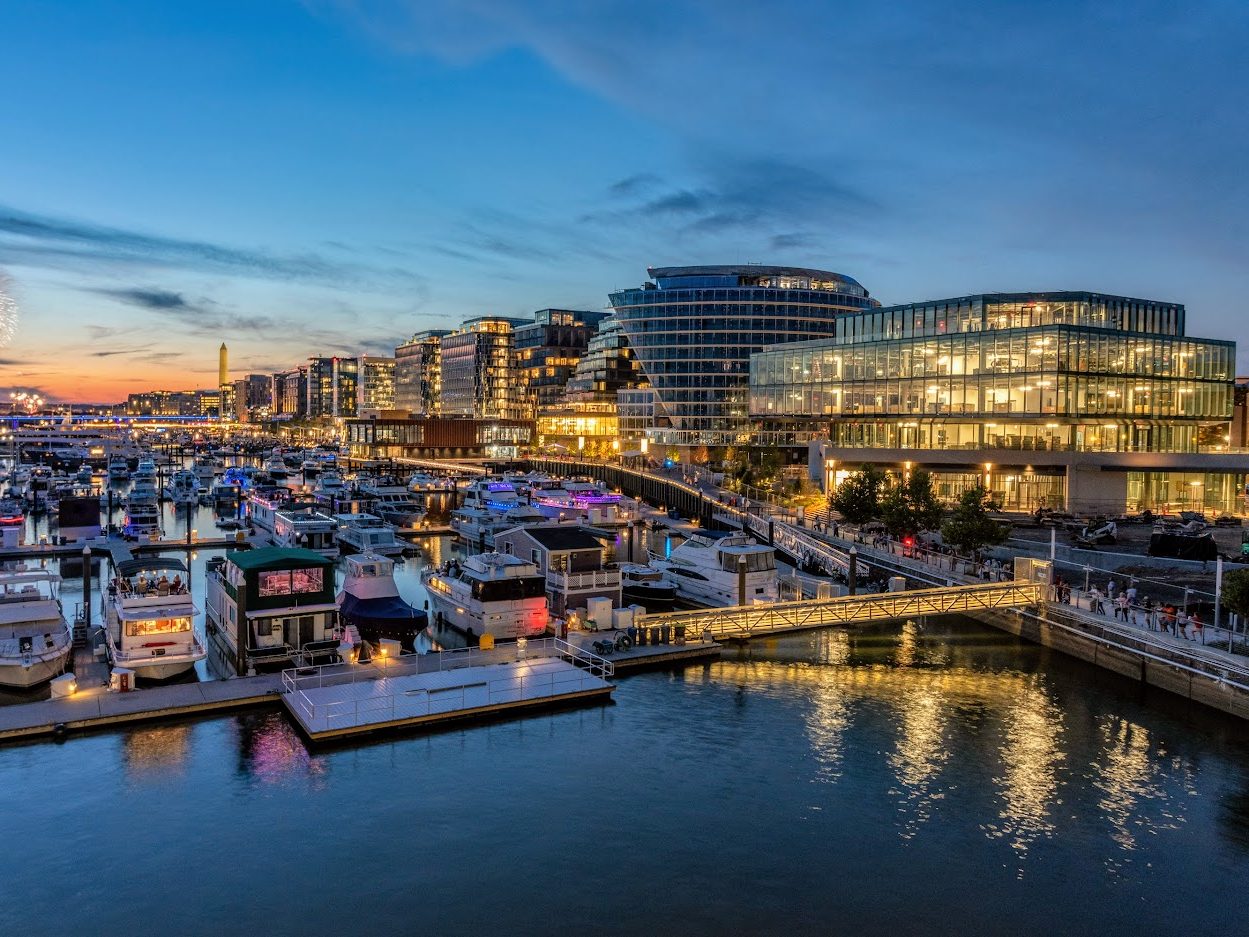
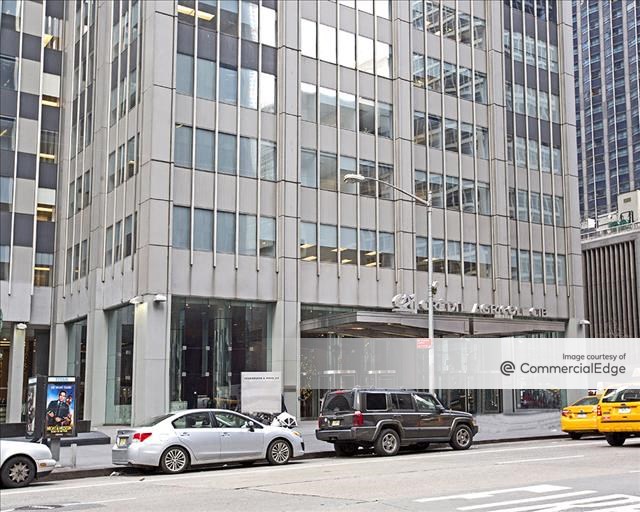
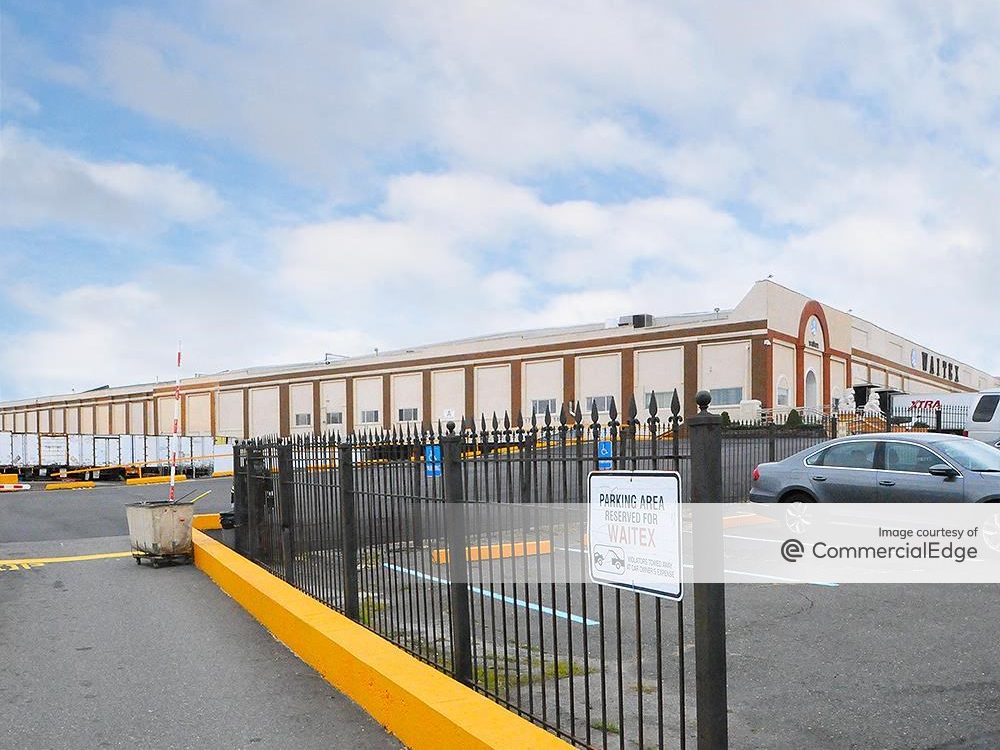
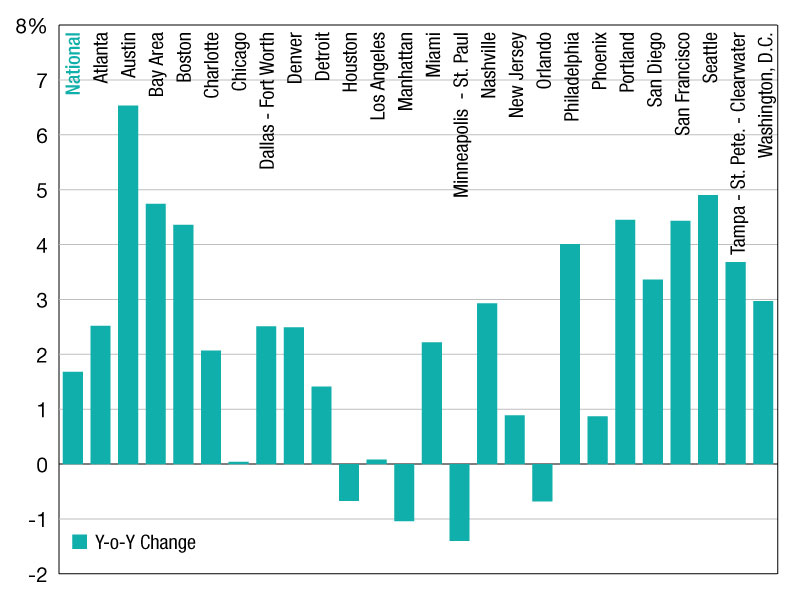
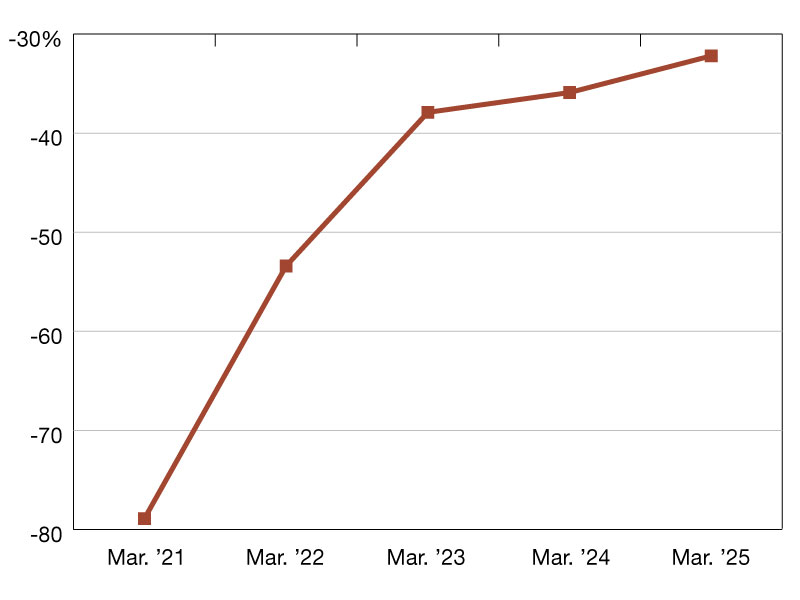
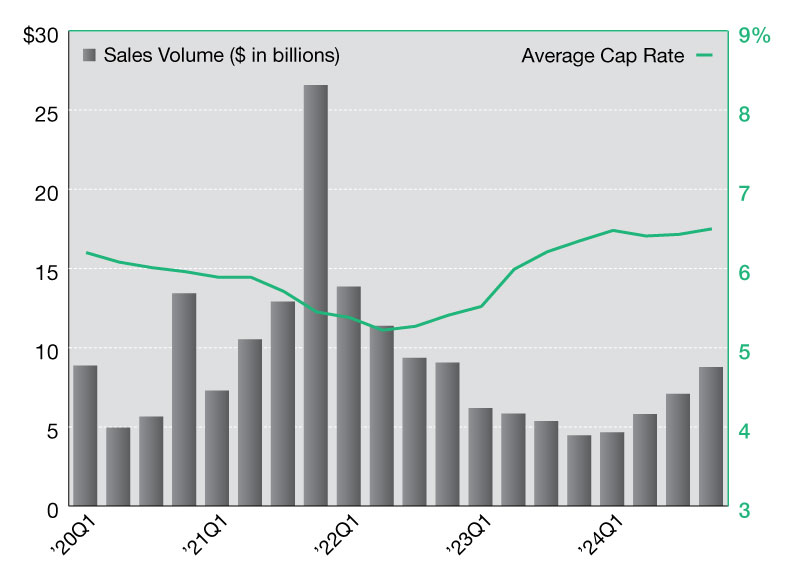
You must be logged in to post a comment.